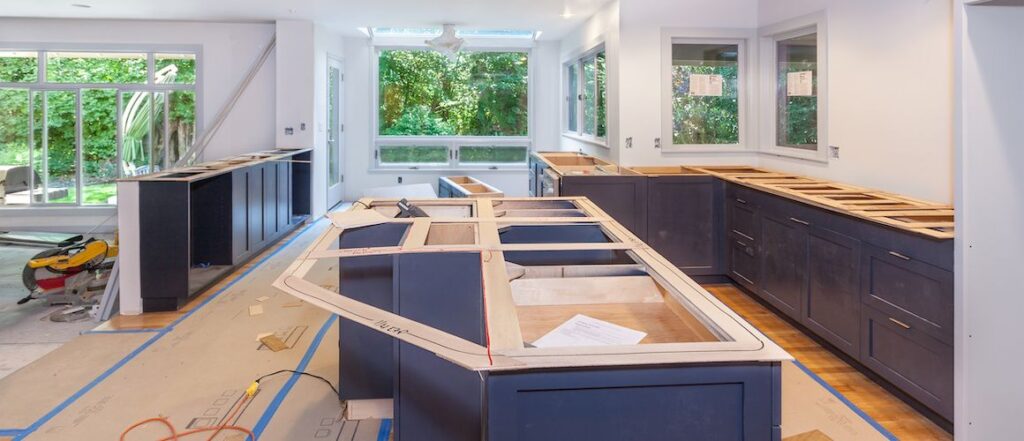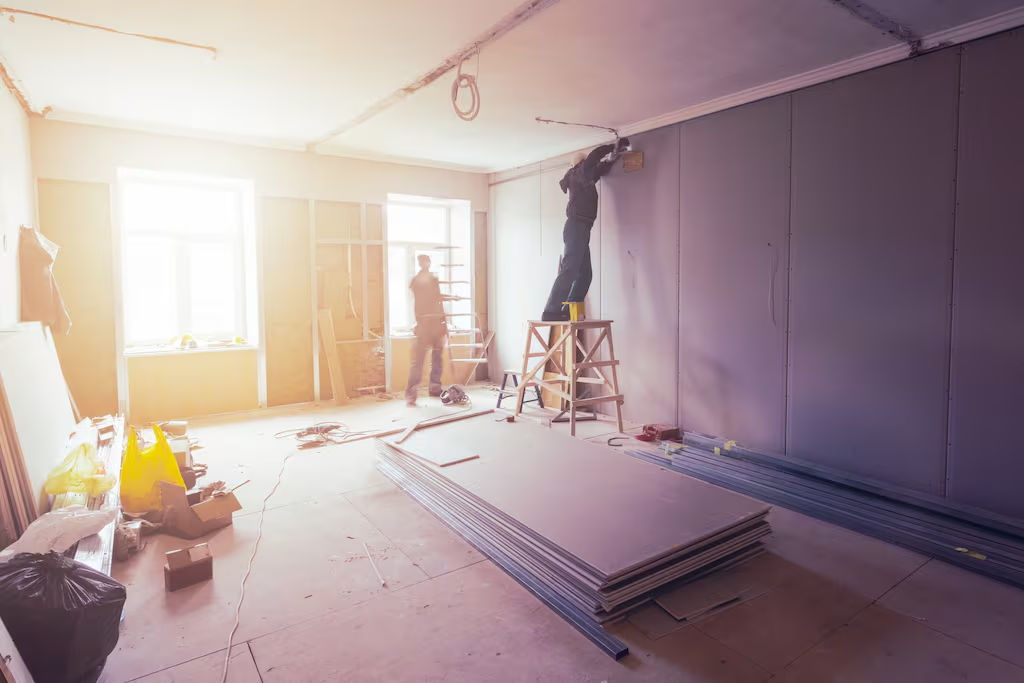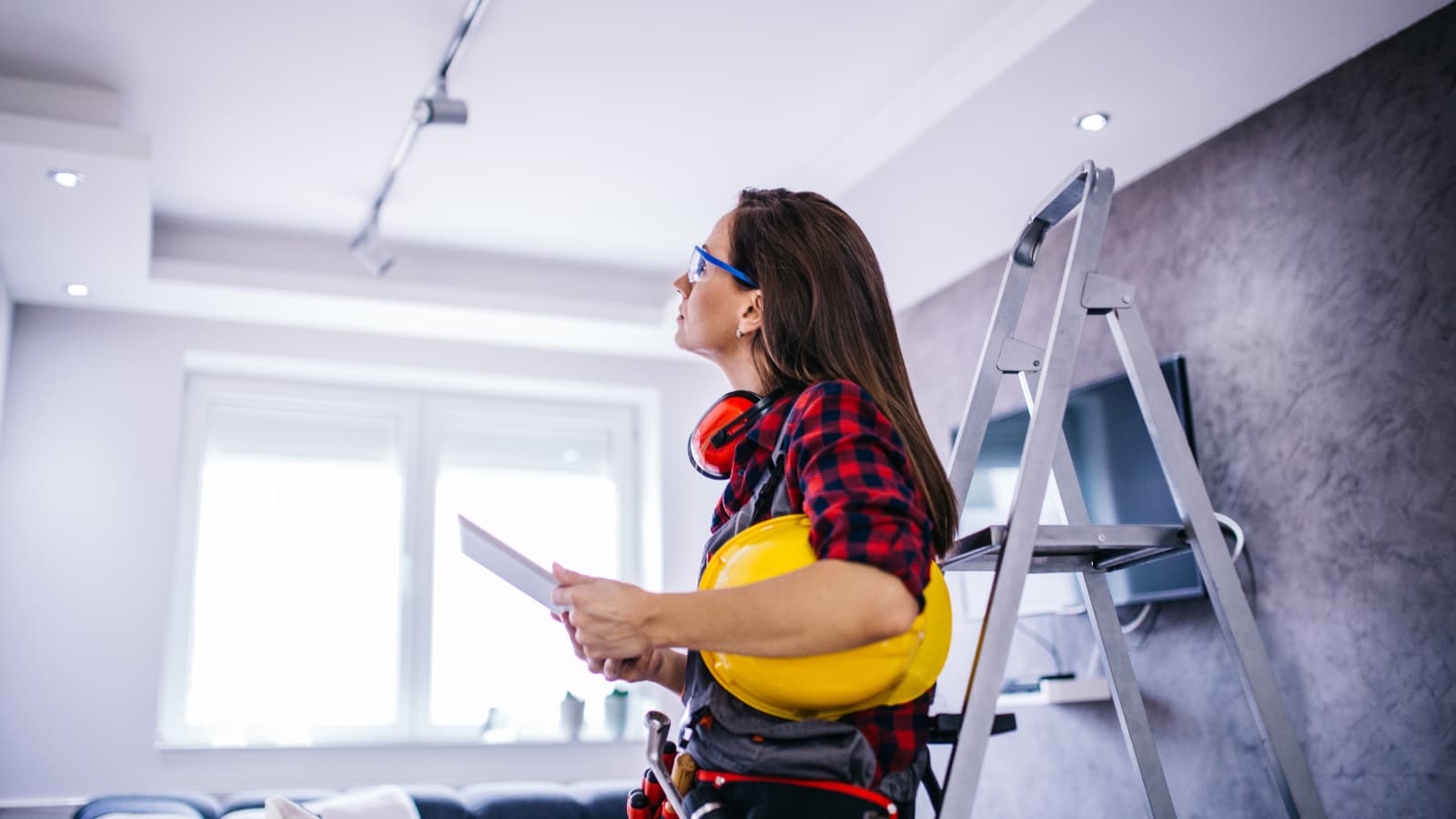Purchasing a fixer-upper property can be an appealing option for Canadian homebuyers looking for a more affordable entry into the housing market or for investors seeking high returns. However, buying a property that requires significant renovations comes with both potential rewards and risks. This guide explores the pros and cons of buying a fixer-upper in Canada and offers practical tips to help buyers determine whether this investment is the right choice for them.

The Pros of Buying a Fixer-Upper
1. Lower Purchase Price
Fixer-upper properties are typically priced below market value compared to move-in-ready homes. This lower cost can make homeownership more accessible in competitive markets and allow buyers to secure properties in desirable neighborhoods that might otherwise be out of reach.
2. Customization Opportunities
With a fixer-upper, buyers have the chance to renovate the property to suit their specific tastes and needs. From updating kitchens and bathrooms to redesigning layouts, renovations allow for personalization that may not be possible with a turnkey property.
3. Potential for Increased Equity
Renovations can significantly increase the value of a property, particularly if the improvements are well-planned and executed. This can result in greater equity, making fixer-uppers an attractive option for investors or homeowners looking to build long-term wealth.
4. Less Competition
Fixer-upper properties often attract fewer buyers, particularly those unwilling to take on the challenges of renovations. This reduced competition can lead to better negotiation opportunities and a quicker purchase process.
The Cons of Buying a Fixer-Upper
1. Unexpected Costs
Renovations can be costly, and unforeseen issues such as structural damage, outdated systems, or hidden mold can quickly inflate the budget. Buyers should be prepared for expenses beyond the initial estimates.
2. Time-Intensive Process
Renovating a fixer-upper requires a significant time commitment, from planning and obtaining permits to overseeing contractors and completing the work. This process can be particularly challenging for first-time buyers or those with busy schedules.
3. Financing Challenges
Securing financing for a fixer-upper can be more complicated than for a move-in-ready home. Lenders may require additional documentation, such as renovation plans and cost estimates, and may offer lower loan amounts for properties in poor condition.
4. Living Conditions During Renovations
If buyers choose to live in the property while renovations are underway, they may face inconveniences such as noise, dust, and limited access to essential areas of the home. For extensive projects, temporary housing may be necessary, adding to the overall cost.

Tips for Buying a Fixer-Upper
1. Conduct a Thorough Inspection
Before committing to a fixer-upper, hire a professional home inspector to assess the property’s condition. Focus on identifying major issues, such as foundation problems, outdated electrical systems, or plumbing issues, that could require costly repairs.
2. Set a Realistic Budget
Create a detailed renovation budget that accounts for materials, labor, permits, and contingencies for unexpected costs. Experts recommend setting aside at least 10% to 20% of the total renovation budget for surprises.
3. Prioritize Renovations
Determine which renovations are essential and which can wait. Address structural and safety issues first, such as roof repairs or electrical updates, before moving on to cosmetic improvements like painting or flooring.
4. Consider the Resale Value
Evaluate the potential return on investment for the planned renovations. Research comparable homes in the area to ensure the total cost of the property and renovations does not exceed the market value of a fully renovated home.
5. Work with Experienced Professionals
Choose reputable contractors and designers who have experience with similar renovation projects. Their expertise can help prevent costly mistakes and ensure the work is completed efficiently and to code.
6. Understand Local Regulations
Renovation projects may require permits and compliance with municipal building codes. Familiarize yourself with local regulations to avoid delays or fines.
7. Be Prepared for Challenges
Renovating a fixer-upper can be stressful, so it’s essential to maintain a flexible mindset and be prepared for unexpected delays or complications.

Is It Worth It?
Whether buying a fixer-upper is worth it depends on individual goals, budget, and willingness to take on the challenges of renovation. For buyers with the time, resources, and vision to transform a property, fixer-uppers can offer significant financial and personal rewards. However, those seeking a move-in-ready home or who are uncomfortable with the uncertainties of renovation may find it less appealing.
Conclusion
Buying a fixer-upper in Canada can be a rewarding investment, offering opportunities for customization, equity building, and entry into competitive markets. However, it also requires careful planning, a realistic budget, and a commitment to the renovation process. By thoroughly evaluating the property, working with professionals, and understanding the potential risks, buyers can make informed decisions and determine whether a fixer-upper aligns with their financial and lifestyle goals.

